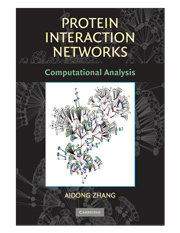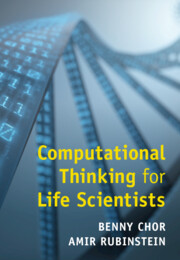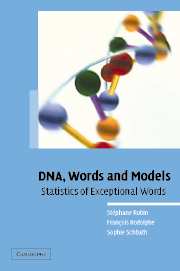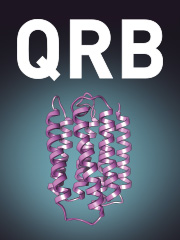Protein Interaction Networks
The analysis of protein-protein interactions is fundamental to the understanding of cellular organization, processes, and functions. Proteins seldom act as single isolated species; rather, proteins involved in the same cellular processes often interact with each other. Functions of uncharacterized proteins can be predicted through comparison with the interactions of similar known proteins. Recent large-scale investigations of protein-protein interactions using such techniques as two-hybrid systems, mass spectrometry, and protein microarrays have enriched the available protein interaction data and facilitated the construction of integrated protein-protein interaction networks. The resulting large volume of protein-protein interaction data has posed a challenge to experimental investigation. This book provides a comprehensive understanding of the computational methods available for the analysis of protein-protein interaction networks. It offers an in-depth survey of a range of approaches, including statistical, topological, data-mining, and ontology-based methods. The author discusses the fundamental principles underlying each of these approaches and their respective benefits and drawbacks, and she offers suggestions for future research.
- Offers first comprehensive survey of the many computational methods available for the analysis of protein-protein interaction networks
- Includes information on the most cutting-edge research and state of the art approaches in the field
Product details
April 2009Hardback
9780521888950
292 pages
260 × 180 × 21 mm
0.71kg
79 b/w illus. 11 colour illus. 30 tables
Temporarily unavailable - available from TBC
Table of Contents
- 1. Introduction
- 2. Experimental approaches to generation of protein-protein interaction data
- 3. Computational methods for the prediction of protein-protein interactions
- 4. Basic properties and measurements of protein interaction networks
- 5. Modularity analysis of protein interaction networks
- 6. Topological analysis of protein interaction networks Woo-chang Hwang
- 7. Distance-based modularity analysis
- 8. Graph-theoretic approaches to modularity analysis
- 9. Flow-based analysis of protein interaction networks
- 10. Statistics and machine learning based analysis of protein interaction networks Pritam Chanda and Lei Shi
- 11. Integration of gene ontology into the analysis of protein interaction networks Young-rae Cho
- 12. Data fusion in the analysis of protein interaction networks
- 13. Conclusion.







